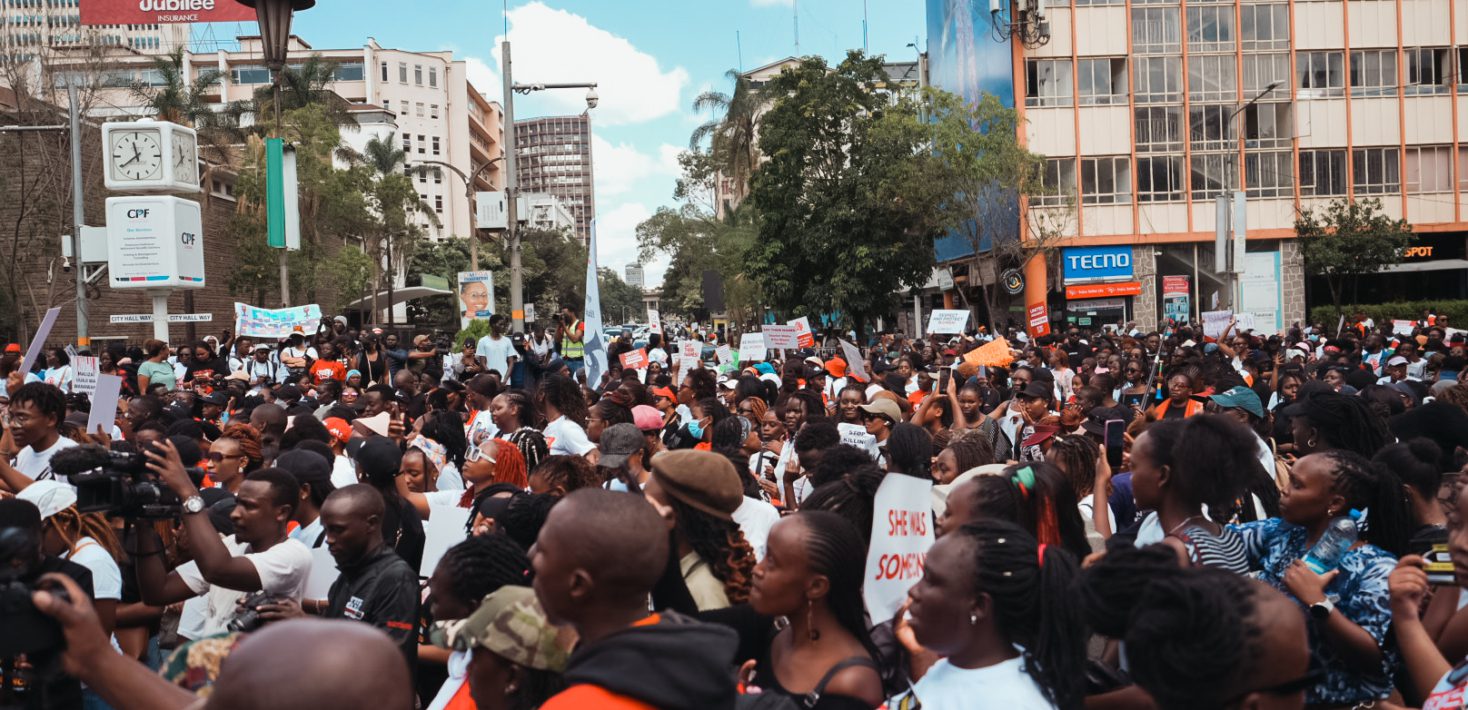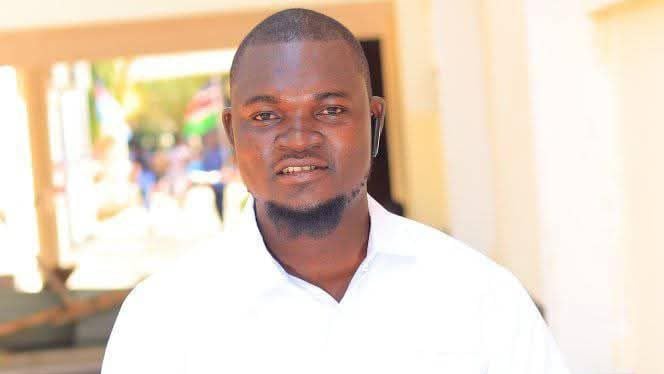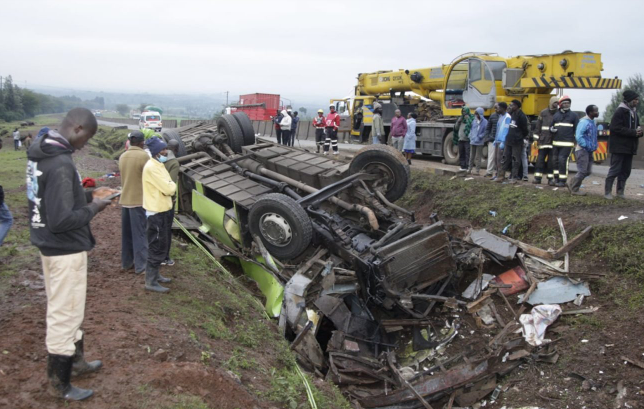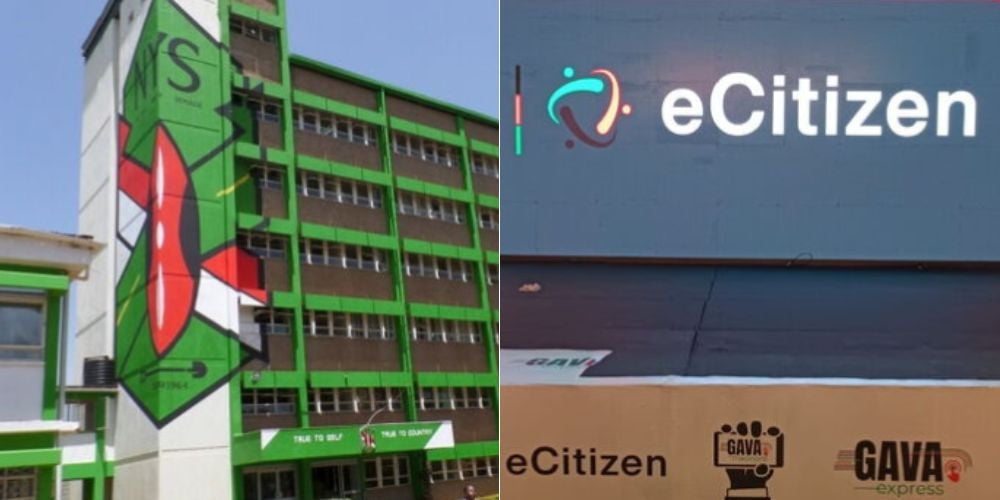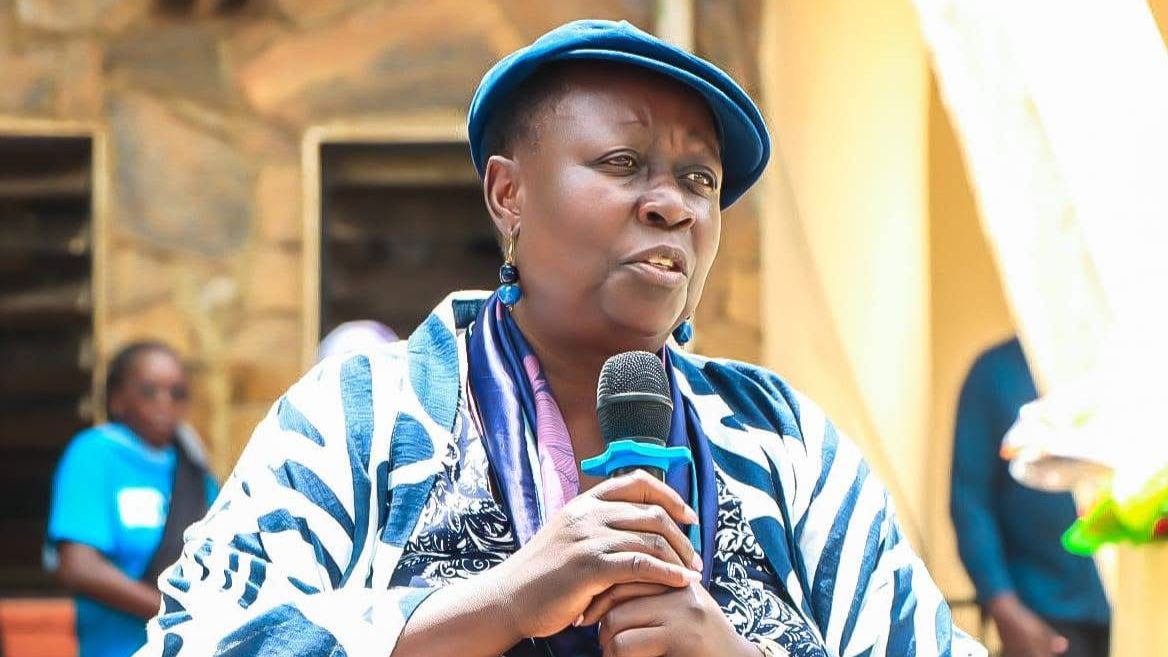Tuesday, 18 June 2024, was a turning point in the Kenya political landscape as thousands of Kenyans, mainly the youth (Millenials and Gen Z), took to the streets of Nairobi protesting against the 2024 Finance Bill.
Armed with placards, t-shirts, and chanting messages against President William Ruto's administration, the protesters brought the city to a standstill.
While thousands were on the streets, thousands of others were using social media platforms, specifically X(formerly Twitter), to pile pressure on their legislators to reject the Bill.

Read More
Their actions bore fruit as some of the contentious clauses on the Bill were removed, but still, their rallying call was "Reject Not Amend" as they sought for the entire Bill to be thrown out.
During the 18 June 2024 protests, hundreds of protesters were arrested and later released, but this did not deter the group, as they again took to the streets on 20 June 2024.
Unlike the initial protest, the 20 June 2024 demos were spread across different towns in the country, even as Members of Parliament voted for the Bill.
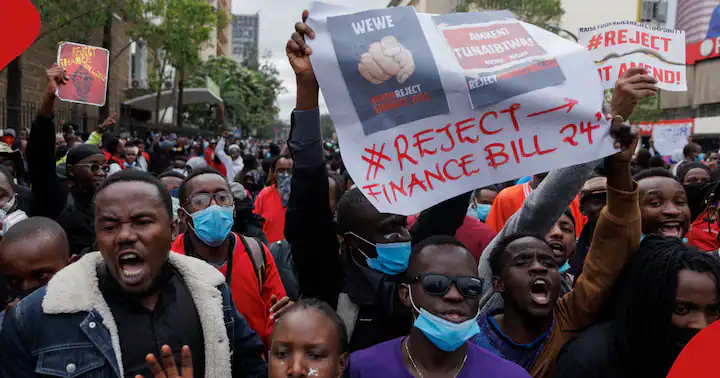
But, how different were these protests from the others held in the country previously?
Peaceful
Unlike previous demonstrations that have been marked by violent scenes, the anti-Finance Bill protest was largely peaceful.
There were no reports of destruction of property, vandalism, looting, or protesters hurling stones at the police.
The protesters marched peacefully until the police showed up and started throwing tear gas canisters at them. Even still, the protesters didn't retaliate.
People-Centered
The protest was not organised by politicians or any political outfit it was people-centered; concerned Kenyans rallied on social media and came together to express their grievances regarding the 2024 Finance Bill.
In some of the videos shared online, the protesters were seen urging politicians such as former Prime Minister Raila Odinga, who's headlined previous protests, not to show up on the streets.
Cut Across the Country
Unlike previous demos, mainly in areas perceived to be opposition strongholds, this protest has cut across both opposition and the ruling party's strongholds.
For instance, on 20 June 2024, demos were witnessed in Eldoret, Kericho, Kisumu, Nakuru, Nairobi, Nyeri, Nanyuki, and Thika, among other towns.
Using data from the 2022 general election, Eldoret, Kericho, Nakuru and Nyeri are some of the areas that overwhelmingly supported President Ruto's bid.
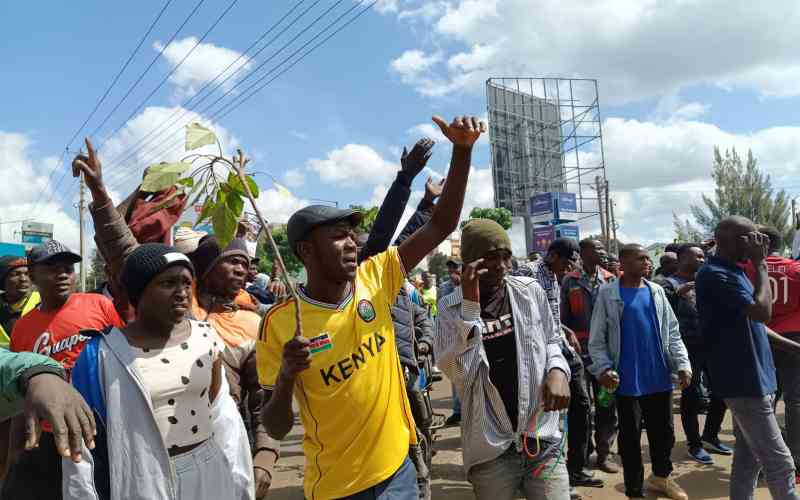
Social Media Pressure
Kenyans used social media platforms such as X and pushed hashtags such as #RejectFinanceBill2024, where they reached out to different MPs and stakeholders, urging them to reject the Bill.
Some Kenyans shared numbers of MPs and asked Kenyans to call and send (what was popularly known as tumia MP salamu) them messages urging them to reject the Bill.
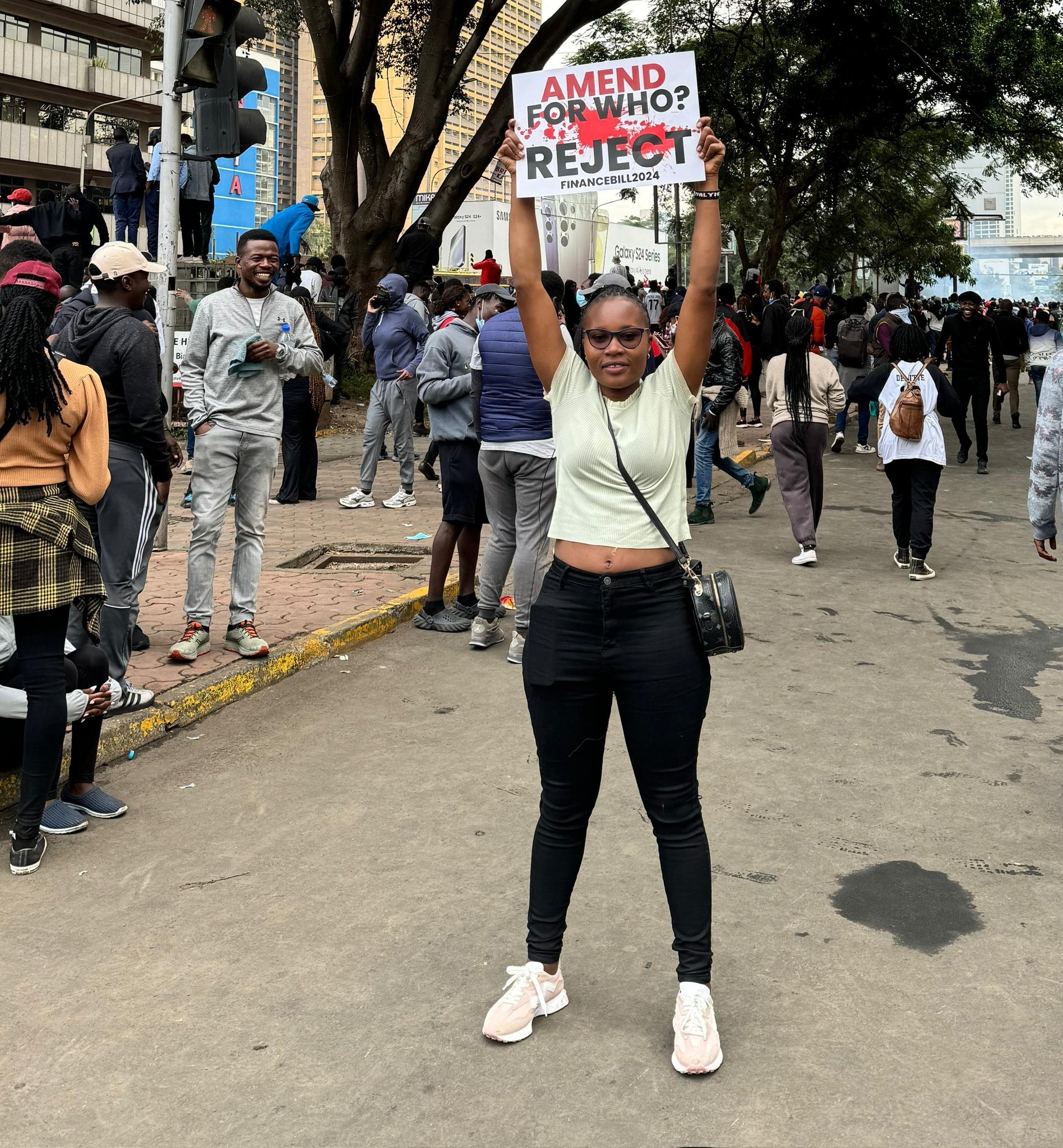
Several leaders came out and confirmed that they had received thousands of messages from their constituents and Kenyans warning them against supporting the Bill.
This strategy appeared to work as some MPs, such as Felix Odiwuor alias Jalang'o, who appeared to be initially supporting the bill, made a U-turn and opposed it after immense pressure from his constituents.
Celebrities Brought Onboard
Previous protests have always been associated with ordinary Kenyans, mostly the unemployed and those living in the slums. However, the anti-Finance Bill protest changed this perception as it brought everyone on board, including renowned celebrities in the country.
Kenyans used social media platforms to pressure celebrities and influential personalities to join the protests. Several celebrities joined the protest, with some being arrested.
The youth have demonstrated that power indeed belongs to the people as the conversation has shifted, and some of the results can be seen as a consequence of their protests.
